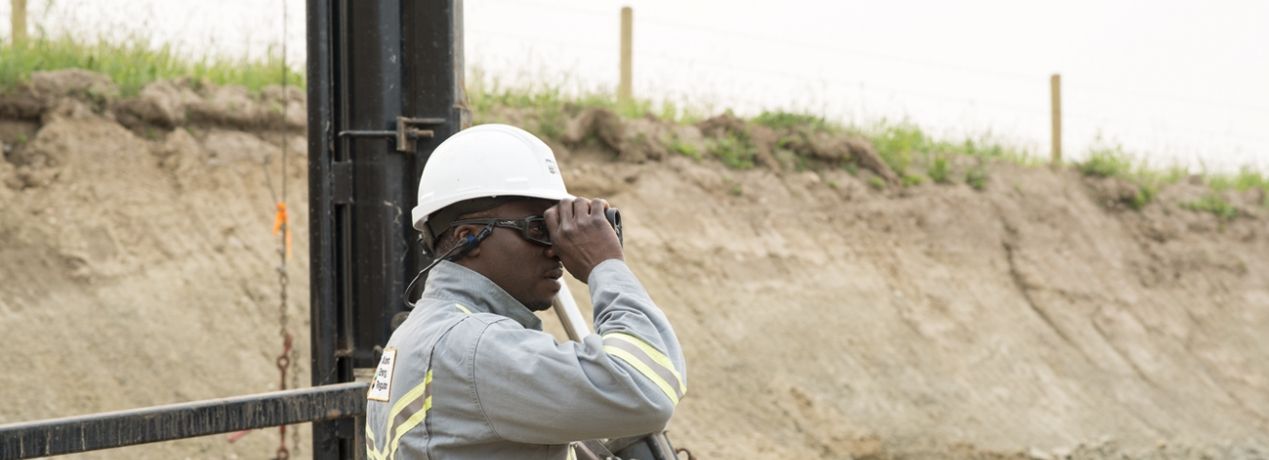During an investigation, we collect information necessary to understand why an incident happened, stop the noncompliant activity, identify the responsible parties, and, if necessary, take enforcement action. We make sure this process is timely, fair, and transparent.
This page lists major investigations that we have completed and are now closed.
Related Information
- Learn more about how we conduct investigations.
- Visit our Ongoing Investigations page for summaries of major investigations we are working on.
- Visit our Compliance Dashboard for an overview of all of our recent investigations.
- Find archived investigation reports on our Reports page.
Canadian Natural Resources Limited’s Primrose Flow-to-Surface Events
We have concluded our investigation into the flow-to-surface (FTS) events at Canadian Natural Resources Limited’s (CNRL) Primrose East and South locations on the Cold Lake Air Weapons Range.
What Happened
In 2009 and 2013, five bitumen emulsion FTS events were discovered at CNRL’s Primrose and Wolf Lake high-pressure cyclic steam stimulation operations. The first event was discovered in January 2009, and four subsequent events were discovered in May and June 2013.
What We Did
In September 2013, an environmental protection order and enforcement order was issued against CNRL. The orders required CNRL to identify the cause of the FTS events and remediate the impacted areas.
On July 17, 2013, we issued a letter to CNRL requiring the company to take the following actions:
- accelerate its efforts to contain and clean up the bitumen emulsion releases
- develop and implement a plan to confirm that all releases in the project area were identified
- develop and implement a plan to determine the location, extent, and volume of bitumen emulsion that was released to subsurface zones
- cease all steaming operations within 1 km of the Primrose South FTS location and modify steam injection operations throughout the Primrose North and South areas
- conduct a risk assessment of and develop a mitigation plan for all existing wellbores near pads prior to steaming
- develop and implement an incident investigation plan to determine the root cause of the surface releases.
In March 2016, we released our investigation report, which concluded that the FTS events were caused by excessive steam pressures combined with an open conduit, such as well bores, natural fractures and faults, and hydraulically induced fractures.
As a result of the investigation, we set out additional requirements for CNRL’s Primrose operations, which were designed to prevent another incident and to permanently reduce steam volumes. Should the company fail to meet these requirements, it could face further enforcement action.
More information is available on our Compliance Dashboard.


